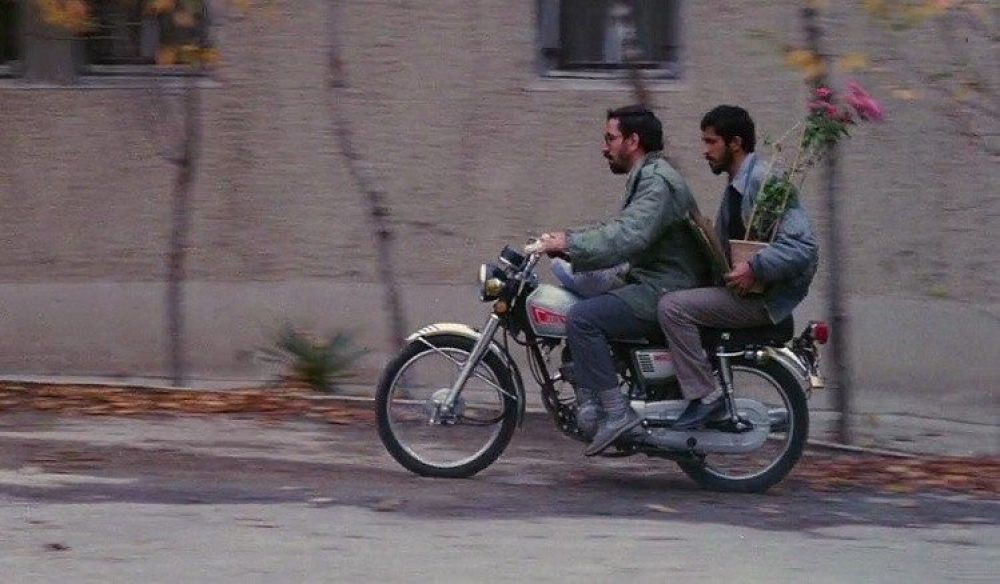In his work, Religious Statecraft: The Politics of Islam in Iran, Mohammad Ayatollahi Tabaar traces half a century of shifting Islamist doctrines to demonstrate that religious narratives in Iran can change in accordance with elite attempts to consolidate and augment power. In this account, Tabaar explains that competing political actors strategically develop Shi’a-inspired ideologies to gain credibility and raise mass support. Taken as a whole, Tabaar’s work depicts Iranian politics as a system in which power drives Islamist ideology.
Using this work as a framework for analyzing the posited question, it is clear how elites derive and construct authority to achieve modernity. In Tabaar’s account, Islam is used as means of gaining authority for political ends, including the attempt to achieve modernity. To the extent that the public views these uses of Islam as authentic, they can be said to be legitimized in the eyes of the public. The elites here, or faqih, guide and shape the opinions of the masses in order to achieve their ends. Note, this is not to say that these elites do not believe in Islam or that their statuses as Muslims are purely ploys for power. Instead, the argument is that the ways in which Islamist ideology are articulated are driven by power and political necessity.
In this depiction, the will of the public is used to mobilize and effectuate change, such as the attempt to achieve modernity. The consent of the people is necessary as modernity cannot be achieved without it, but this consent is ultimately guided and constructed by elites through Islamist ideologies.
